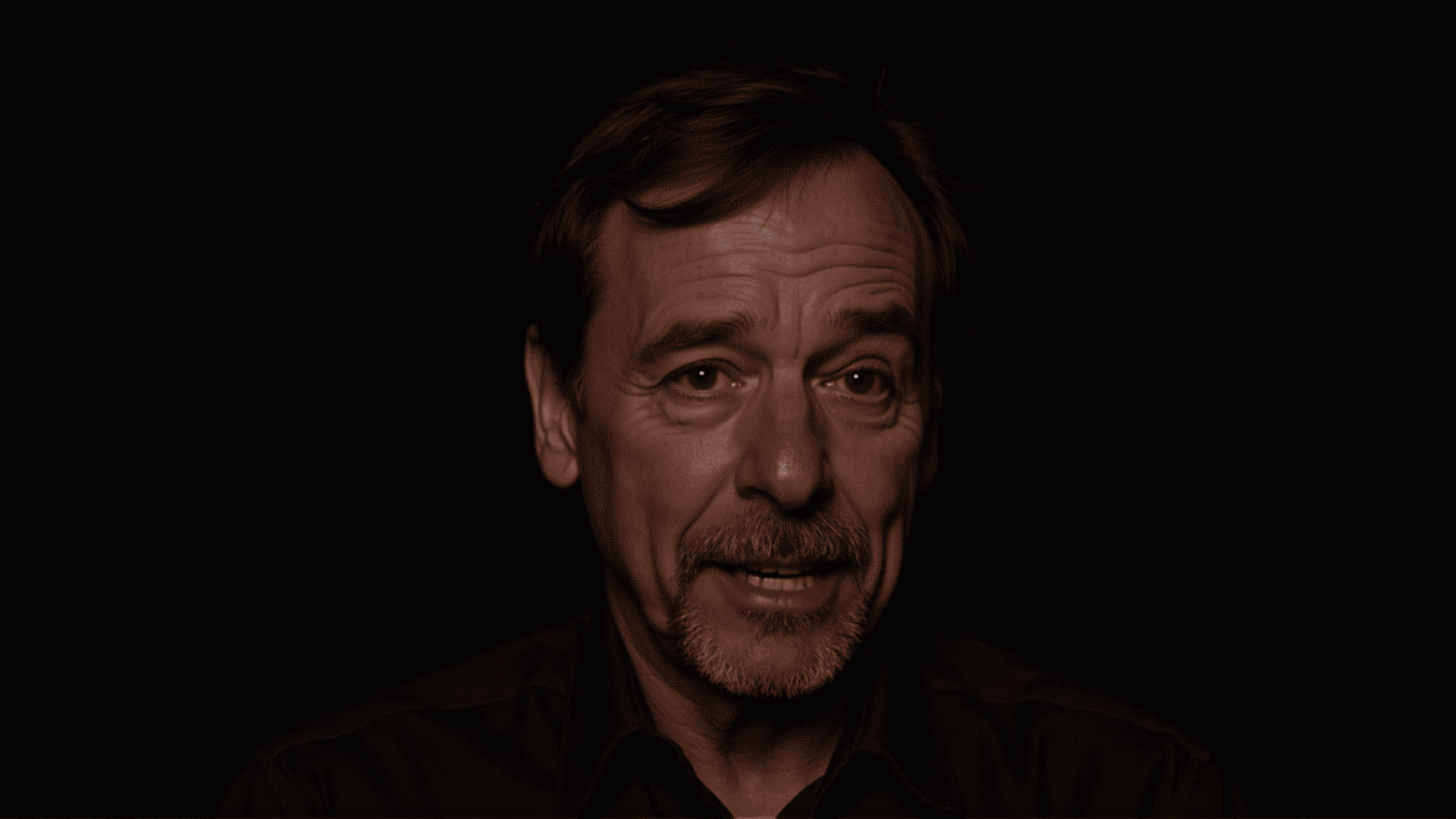Light is one of the most crucial elements in capturing engaging visuals. The way you use light can dramatically enhance the depth, atmosphere, and overall appeal of your images. Whether you're an amateur or a seasoned enthusiast, mastering different lighting techniques can elevate your visual storytelling.
Understanding Light and Shadow
The interplay between light and shadow is a powerful tool in creating dynamic images. The direction, quality, and color of light can influence the mood and texture significantly. By understanding these elements, you can manipulate the visual narrative and evoke specific emotions.
Direction of Light
The direction from which light comes can create varying effects. Front lighting illuminates the subject evenly, minimizing shadows and flattened features, which is useful for bright, clear depictions. Alternatively, side lighting adds drama by accentuating textures and shapes, offering a three-dimensional feel due to the contrast between light and shadow.
Backlighting, positioned behind the subject, can create a halo or silhouette, adding mystery and depth. This technique is particularly effective during golden hours, when natural light is softer and more diffuse.
Quality of Light
The quality of light is determined by its softness or hardness. Soft light, produced by diffused sources like overcast skies or light modifiers, creates gentle shadows and smooth transitions between light and dark areas. This quality is excellent for portraits, as it flatters the skin and reduces harsh lines.
On the other hand, hard light generates sharp, defined shadows and bright highlights, suitable for emphasizing textures and details.
Color of Light
The color temperature of light can vary from warm (orange/yellow) to cool (blue). This influences the overall mood of your images. Warm light often evokes feelings of comfort and nostalgia, while cool light can convey a sense of calm or even isolation. Adjusting the white balance setting in your camera allows you to experiment with different atmospheric effects.
Techniques for Creating Depth and Mood
Using Natural Light
The sun provides an ever-changing light source. Embrace the golden and blue hours for their unique qualities—soft golden hues at sunrise and sunset, and the tranquil blue tones just before sunrise and after sunset.
Artificial Lighting
Studio lights, flash units, and even LED panels can provide controlled lighting options. Three-point lighting is a standard setup that includes key, fill, and back light to highlight subjects while managing shadows and depth.
Creative Use of Shadows
Incorporate shadows as a compositional element. Play with their shapes and patterns to add interest and a sense of mystery. Shadows can be used to define the structure or simply enhance the composition by adding balance and contrast.
Practical Tips
-
Experiment with Angles: Move around your subject to explore how light interacts from different positions.
-
Reflective Surfaces: Use reflectors to bounce light back onto the subject, filling in shadows and adding vibrancy.
-
Modifiers: Utilize softboxes, umbrellas, or diffusers to control light quality, softening it or adding focus as needed.
-
Light Painting: Try long exposures at night and use a light source to "paint" the subject, creating unique effects.
By exploring these lighting techniques, you can enhance your ability to craft images that are not just visually appealing but emotionally expressive as well. Keep experimenting and allow your creativity to shine through in every frame.
